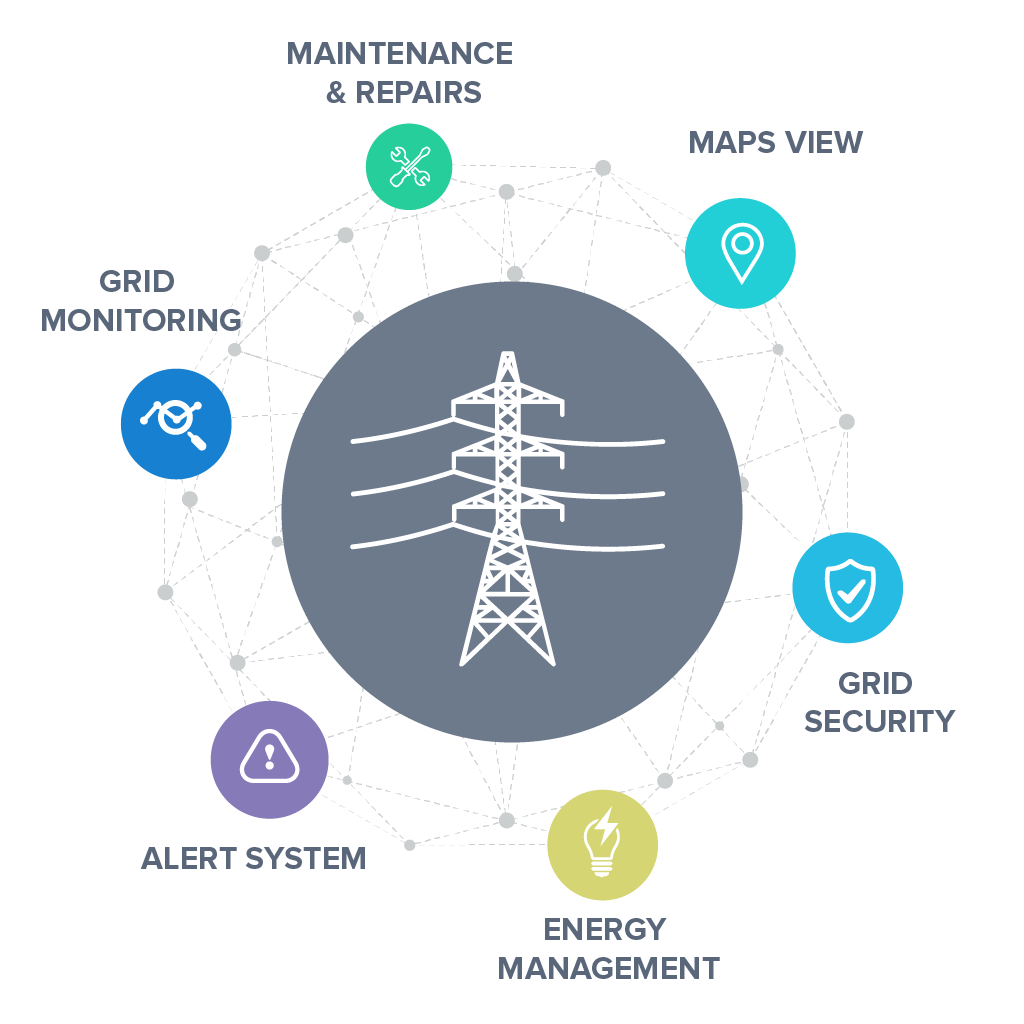5 Ways to Optimize Power Grid Sub Stations

Introduction to Power Grid Sub Stations

Power grid sub stations play a crucial role in the efficient transmission and distribution of electricity to consumers. These sub stations serve as intermediate points between the power generation source and the end-users, ensuring that the electrical energy is transformed to the required voltage levels for safe and reliable consumption. However, with the increasing demand for electricity and the integration of renewable energy sources, power grid sub stations face significant challenges in maintaining optimal performance.
Challenges Faced by Power Grid Sub Stations

Power grid sub stations encounter various challenges, including:
- Inefficient Energy Transmission: Energy losses during transmission can be substantial, resulting in decreased overall efficiency and increased energy costs.
- Overloading and Congestion: As the demand for electricity increases, sub stations can become overloaded, leading to reduced reliability and increased risk of power outages.
- Maintenance and Repair: Regular maintenance and repair of sub station equipment can be time-consuming and costly, disrupting the continuity of power supply.
- Integration of Renewable Energy Sources: The integration of renewable energy sources, such as solar and wind power, can create complexity in managing the power grid, as these sources generate energy intermittently.
5 Ways to Optimize Power Grid Sub Stations

To address the challenges faced by power grid sub stations, several optimization strategies can be employed:
1. Implement Advanced Automation and Control Systems

The implementation of advanced automation and control systems can significantly improve the efficiency and reliability of power grid sub stations. These systems enable real-time monitoring and control of sub station equipment, allowing for quick response to changes in energy demand and supply.
- Benefits:
- Improved efficiency and reduced energy losses
- Enhanced reliability and reduced risk of power outages
- Increased flexibility in managing energy supply and demand
- Technologies:
- SCADA (Supervisory Control and Data Acquisition) systems
- EMS (Energy Management Systems)
- Advanced automation and control software
2. Upgrade to High-Efficiency Transformers and Equipment

Upgrading to high-efficiency transformers and equipment can reduce energy losses and improve the overall efficiency of power grid sub stations.
- Benefits:
- Reduced energy losses and increased efficiency
- Decreased maintenance and repair costs
- Improved reliability and reduced risk of power outages
- Technologies:
- High-efficiency transformers with low losses
- Energy-efficient switchgear and circuit breakers
- Advanced cooling systems for transformers and equipment
3. Implement Energy Storage Systems

Energy storage systems can help optimize power grid sub stations by storing excess energy generated during off-peak hours and releasing it during peak hours, reducing the strain on the sub station.
- Benefits:
- Reduced peak demand and improved sub station efficiency
- Increased reliability and reduced risk of power outages
- Improved integration of renewable energy sources
- Technologies:
- Battery energy storage systems (BESS)
- Flywheel energy storage systems
- Other advanced energy storage technologies
4. Enhance Sub Station Design and Layout

Optimizing sub station design and layout can improve the efficiency and reliability of power grid sub stations.
- Benefits:
- Improved efficiency and reduced energy losses
- Enhanced reliability and reduced risk of power outages
- Increased flexibility in managing energy supply and demand
- Design Considerations:
- Compact and modular design
- Advanced busbar and cable systems
- Improved ventilation and cooling systems
5. Implement Condition-Based Maintenance

Condition-based maintenance can help optimize power grid sub stations by identifying potential issues before they occur, reducing maintenance and repair costs.
- Benefits:
- Reduced maintenance and repair costs
- Improved reliability and reduced risk of power outages
- Increased efficiency and reduced energy losses
- Technologies:
- Advanced sensors and monitoring systems
- Predictive analytics and machine learning algorithms
- Automated maintenance and repair scheduling
Conclusion

Optimizing power grid sub stations is crucial to ensure the efficient and reliable transmission and distribution of electricity. By implementing advanced automation and control systems, upgrading to high-efficiency transformers and equipment, implementing energy storage systems, enhancing sub station design and layout, and implementing condition-based maintenance, power grid sub stations can be optimized to meet the increasing demand for electricity and integrate renewable energy sources.
What are the benefits of optimizing power grid sub stations?

+
Optimizing power grid sub stations can improve efficiency and reliability, reduce energy losses and maintenance costs, and increase flexibility in managing energy supply and demand.
What technologies can be used to optimize power grid sub stations?

+
Technologies such as advanced automation and control systems, high-efficiency transformers and equipment, energy storage systems, and condition-based maintenance can be used to optimize power grid sub stations.
How can power grid sub stations be designed to optimize performance?

+
Power grid sub stations can be designed to optimize performance by using compact and modular designs, advanced busbar and cable systems, and improved ventilation and cooling systems.
Related Terms:
- power grid substation
- Power Grid Corporation of India
- Power grid management
- Power grid Regions
- Power Grid app
- New power grid